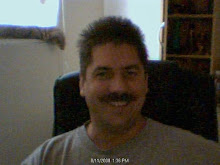This story can be found @earthsky.org
This cometary debris – bits of ice, dust and rubble – create a meteor shower.
This is the annual Orionid meteor shower. It’s expected to rain down the greatest number of meteors before dawn on Wednesday October 21, 2009. As usual, the best time to watch this shower will be between the hours of midnight and dawn. You can try watching Tuesday morning, but Wednesday and Thursday mornings are likely to offer more meteors.
This isn’t the year’s richest meteor shower, or even the second-richest, but try watching this shower from midnight to dawn, when the most meteors will be flying. So if you’re hankering to see some meteors, the total absence of moonlight makes 2009 an opportune year for the Orionids. Just be aware that this shower is expected to produce only about 15-20 meteors per hour, or one every few minutes.
If the meteors originate in Comet Halley, why are they called the Orionids? The answer is that meteors in annual showers are named for the point in our sky from which they appear to radiate. The radiant point for the Orionids is in the direction of the constellation Orion the Hunter. Hence the name Orionids.
For me … even one meteor can be a thrill. But you might want to observe for an hour or more, and in that case the trick is to find a place to observe in the country. Bring along a blanket or lawn chair – after midnight or before dawn – and lie back comfortably while gazing upward.
I am always amazed a celestial bodies...In 1986 when Halley's Comet came through I was
a little over twenty years old...what memories...
I am fascinated by astronomy and other space item.
Yours Trulymediamerlin





